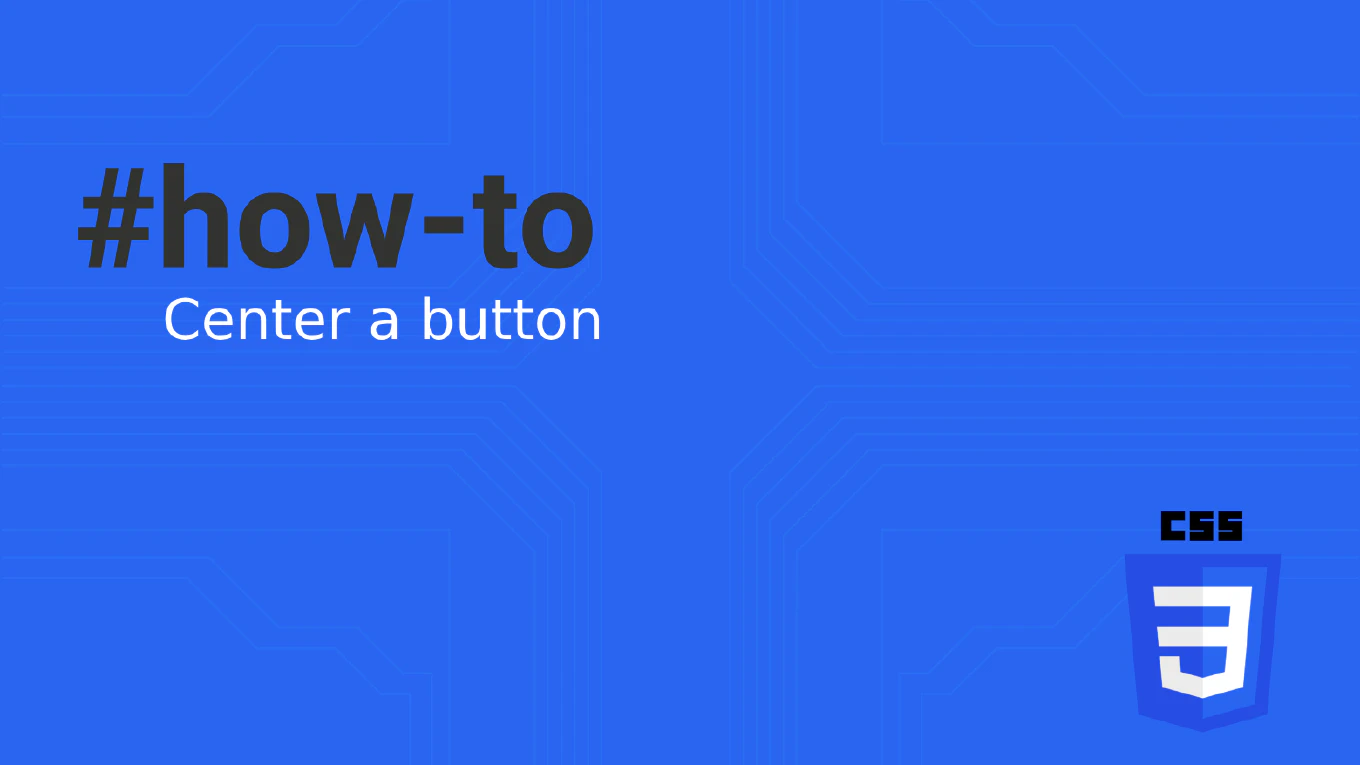How to use two-way data binding in Angular
Two-way data binding is fundamental for creating reactive forms and synchronized user interfaces in Angular applications where data flows both from component to template and back. As the creator of CoreUI, a widely used open-source UI library, I’ve implemented two-way data binding in countless Angular form components, input controls, and interactive elements for enterprise applications. From my expertise, the most powerful approach is to use ngModel directive with the banana-in-a-box syntax. This method provides automatic synchronization between component properties and form inputs, eliminating the need for manual event handling in most scenarios.
How to use v-model in Vue
Implementing two-way data binding for form inputs is essential for creating interactive Vue applications with responsive user interfaces and real-time data updates.
As the creator of CoreUI, a widely used open-source UI library, I’ve implemented v-model in countless Vue components including form controls, search inputs, and dashboard filters.
From my expertise, the most efficient approach is to use the v-model directive which automatically handles both value binding and input events.
This method provides clean template syntax and eliminates the need for manual event handling in most form scenarios.



